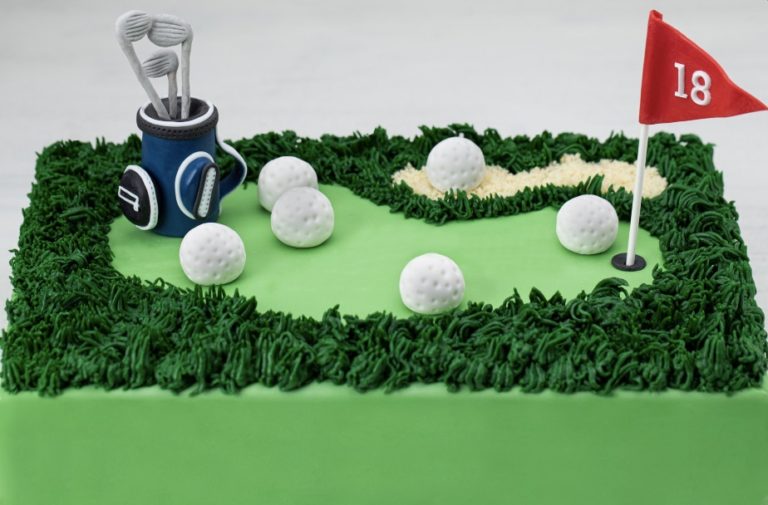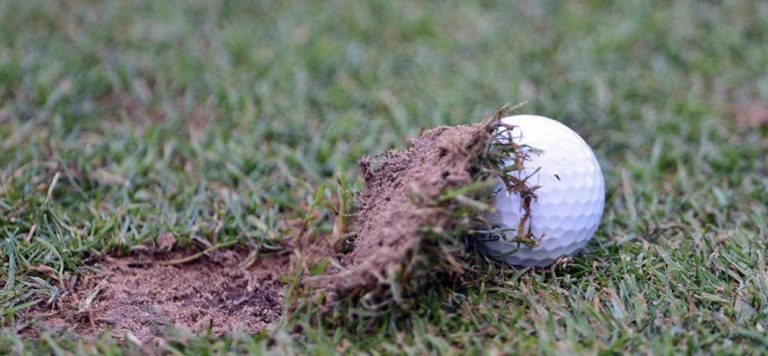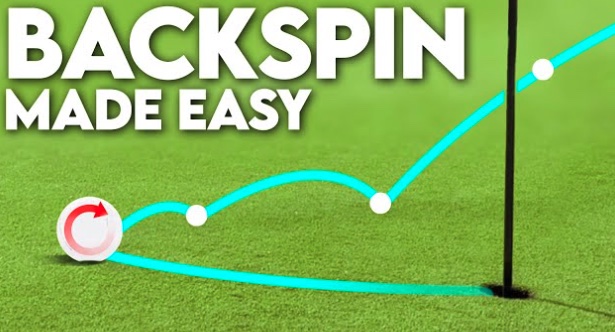
Backspin in golf can be exhilarating, especially when you know how to put backspin on a golf ball. The ability to control the ball’s trajectory, distance, and landing can make all the difference in your game. But how do you generate that elusive backspin on your golf shots? In this comprehensive guide, we’ll explore the science behind backspin and provide step-by-step instructions for mastering this essential skill.
Key Takeaways
- Maximize backspin with the right club selection, angle of attack and swing technique.
- Position golf ball closer to back foot for greater control over trajectory and landing.
- Practice drills combined with tips from pros can help improve backspin control and consistency.
The Science Behind Backspin
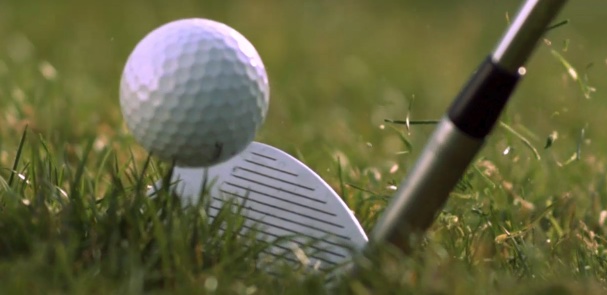
Backspin is the backward rotation of a golf ball during flight, which helps control its trajectory, distance, and landing. It is created by the golf balls sliding off the clubface and the frictional force providing a great amount of control. The dimples in the softer golf balls maximize lift and distance, and also assist in determining the direction of the ball’s trajectory. Creating more backspin on a golf ball can be beneficial when hit near the green. This will help you to maximize accuracy and target specific flagsticks, making it easier to get up and down..
The “vertical gear effect” is an exciting phenomenon where the ball lands lower and typically creates more spin. This effect demonstrates how the combination of club head speed, angle of attack, and clubface angle work together to generate backspin on a golf shot.
Essential Factors for Creating Backspin

Generating backspin on a golf ball depends on three primary factors: the angle of attack, your choice of club, and your swing technique. These factors can help move the ball forward with more control and precision, giving you the confidence to take on even the most challenging shots.
Angle of Attack

During a golf swing, the clubhead should follow an optimum path known as the angle of attack to ensure perfect contact with the ball. The angle of attack plays an important role in spin generated on the golf ball. A more vertical angle provides greater spin. A steeper angle of attack can create more backspin on the golf ball, which can be advantageous for the player.
Increasing the steepness of your angle of attack can enhance the spin loft of your shot, thereby adding more backspin and giving you better control over the ball’s trajectory. Experiment with different angles of attack to find the sweet spot that works best for your swing and club selection.
Club Selection
If you’re aiming to add backspin to your shot, lofted golf clubs, such as lob wedges, wedges, and irons, are the perfect tools for the job. They offer increased control, allowing you to maximize your game. Club loft can definitely help create more spin on the golf ball. To ensure maximum backspin, make sure to double-check for any dirt or grass on the club head before hitting a shot. Keeping the club face clean is essential, and we highly recommend using a golf club cleaner for this purpose.
If you find you have a damaged golf club, we recommend choosing another club as an exciting opportunity to try something new. Check to see if the club can be repaired. If it can’t, you may need to buy a replacement in order to get back to enjoying your game.
Swing Technique
Achieving backspin on a golf ball requires optimal swing mechanics, including a tightly controlled wrist movement and a seamless follow-through. The ideal sequence of movements in a golf swing that generates backspin is achievable and includes the following steps:
- Address position
- Takeaway
- Top of the backswing
- Transition
- Downswing
- Impact position
- Follow-through
Looking for help with creating a consistent rhythmic golf swing? These 14 tips. from Hackmotion.com
Wrist action can greatly contribute to generating backspin on a golf ball. Extending wrists into contact can significantly increase backspin, allowing for a better trajectory and control over the ball. Practicing proper wrist control and follow-through can be the key to unlocking the potential of your swing.
Backspin ensures that you’ll hit it on the green and remain confident that it’ll stay there. It also enables the ball to stop quickly once it touches the ground, giving you more control over your shots and a better chance of scoring low on the course.
Proper Ball Positioning

For maximum backspin, follow these steps:
- Position the golf ball closer to the back foot, which creates a downward angle.
- This positioning ensures a 60/40 weight distribution on your front foot.
- This weight distribution helps generate more spin while maintaining proper hand position at address and impact.
Placing the golf ball near the back foot generates a downward angle that results in a cleaner and more consistent strike on the ball. This, in turn, helps generate backspin and allows for greater control over the ball’s trajectory and landing.
Clubface and Groove Maintenance
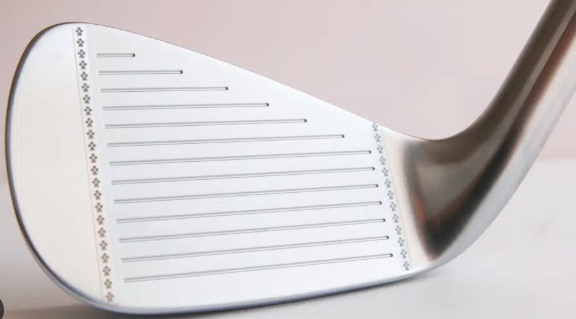
To achieve maximum friction and spin on the golf ball, it’s important to keep the grooves on the clubface clean and sharp. Wiping your grooves before and after each shot is a great way to ensure any mud or debris is removed from the cracks. Keeping golf club grooves clean ensures maximum friction and spin on the golf ball, providing great results.
For the most efficient club maintenance, check out Ninja’s guide to club cleaning.
Old wedges with withered grooves may not generate as much backspin as newer wedges, but you can still maintain control. Regular club maintenance and proper care will ensure that your clubs are in optimal condition, which will, in turn, help you generate more backspin on your golf shots.
Swing Speed and Acceleration (Boom it like Bubba)
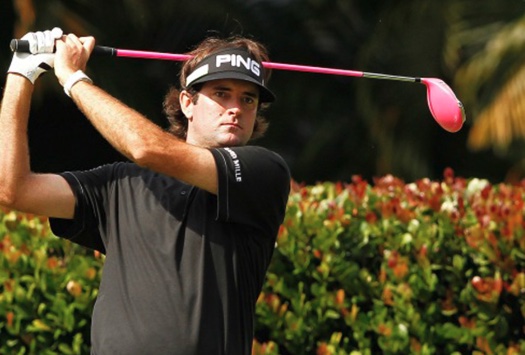
Though faster swing speeds generate more backspin, maintaining control and consistency in your swing speed should not be overlooked. Acceleration is essential for the backspin and can be achieved when keeping a steady swing speed without slowing down.
To increase your swing speed and backspin rate, consider trying the Weighted Club Drill, which involves using a weighted donut on a golf club. This drill can help you develop the strength and speed necessary to generate more backspin on your golf shots, giving you greater control over the ball’s trajectory and landing.
Mastering Short Game Techniques
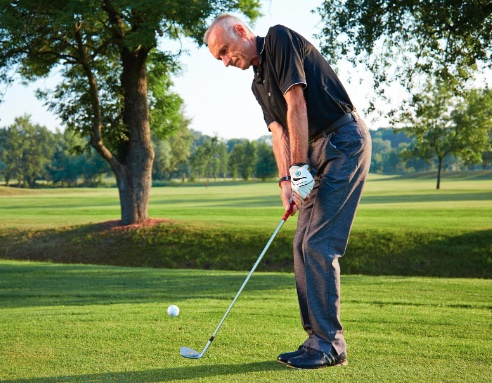
Honing your ability to execute chip shots, lob wedge shots, and sand shots can enhance your control over backspin and improve its consistency. To create backspin on chip shots, you can follow these steps:
- Make solid contact with the ball by striking it cleanly with the center of the clubface.
- Maintain a smooth, controlled swing while accelerating through the ball.
- Experiment with different techniques and practice regularly to become an expert in generating consistent backspin on chip shots.
Using a lob wedge effectively to produce backspin involves:
- Selecting the appropriate wedge
- Maintaining clean and sharp grooves
- Ensuring a dry clubface
- Striking the ball cleanly
Practice and experimentation are essential to mastering the technique of producing backspin with a lob wedge.
Short game strategies can have a positive impact on the backspin rate in golf. Increasing speed at impact can generate more backspin, as well as hitting the ball lower. It is important to take into account factors such as club head speed and technique, which can also influence the backspin rate.
Practicing Backspin at the Driving Range
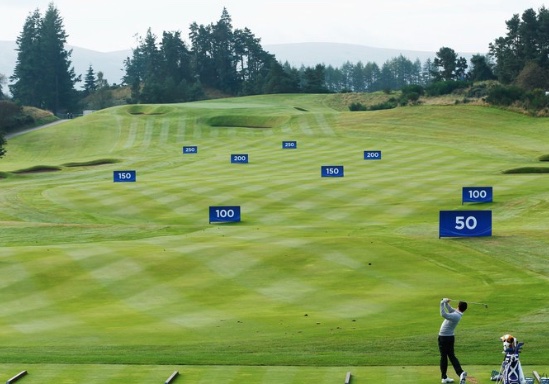
The Tee Drill and Impact Bag Drill are great drills to help you master generating backspin on your golf shots.
The Tee Drill involves:
- Setting up two tees in the ground
- The goal is to ensure that the club head hits the turf ahead of the back tee for a perfect strike with the ideal friction and spin
- Breaking the first tee in the Tee Drill results in a shallow divot that starts at the second tee’s point and extends for no more than five inches.
The Impact Bag Drill is a great way to work on squaring up the face of your golf club. An impact bag is made of a sturdy and comfortable pillow-like material. Squaring up the face of your club means hitting the ball with the clubface perfectly perpendicular to the target line, for the most accurate shot possible. Practicing with these drills will help you improve your backspin on a golf ball and elevate your overall golf game.
Understanding External Factors
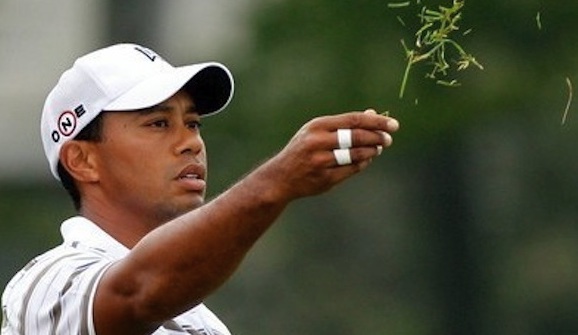
Grass type, wind direction, and ball choice can all play a role in generating more backspin on a golf ball. Some grass types that provide a smooth surface and minimal resistance, enabling the club to create clean hits and generate backspin on the golf ball with ease, include:
- Bermuda
- Poa annua
- Colonial bentgrass
- Fine fescue
Wind can enhance backspin by making the ball spin more into the wind and less on shots with the wind. Adjusting your technique to account for the wind’s effect on your shots can help you maintain control over the ball’s trajectory and improve your overall golf game.
Tips from the Pros

Studying the techniques and strategies of professional golfers can notably improve your control over backspin and boost your overall game. Professionals like Rory McIlroy and Zach Johnson are celebrated for their backspin control. By observing their techniques, such as:
- Compressing the ball
- Having a proper grip and stance
- Generating high club head speed
- Adjusting the spin loft
- Maximizing friction between the clubface and the ball
You can elevate your own backspin skills.
Professional golfers employ several strategies to maximize control over backspin, such as:
- Using an open stance and club face
- Employing a specific striking technique
- Paying attention to the angle of attack
- Utilizing equipment with features that enhance spin
Incorporating these strategies into your own game can lead to more consistency and control over your backspin.
In addition to learning from professional golfers, consider trying drills like the Tee Drill and Impact Bag Drill to improve your backspin control and consistency. With practice, dedication, and a keen eye on the techniques of the pros, you can master the art of generating backspin on your golf shots.
Summary
Mastering the art of backspin can greatly improve your golf game, giving you control over the ball’s trajectory, distance, and landing. By understanding the science behind backspin, focusing on essential factors like angle of attack, club selection, and swing technique, and practicing diligently, you can unlock the full potential of your golf shots. Remember, learning from professional golfers and experimenting with different techniques and strategies can help you elevate your backspin control and overall golf performance. The journey to mastering backspin begins with a single swing – let’s get out there and start spinning!


